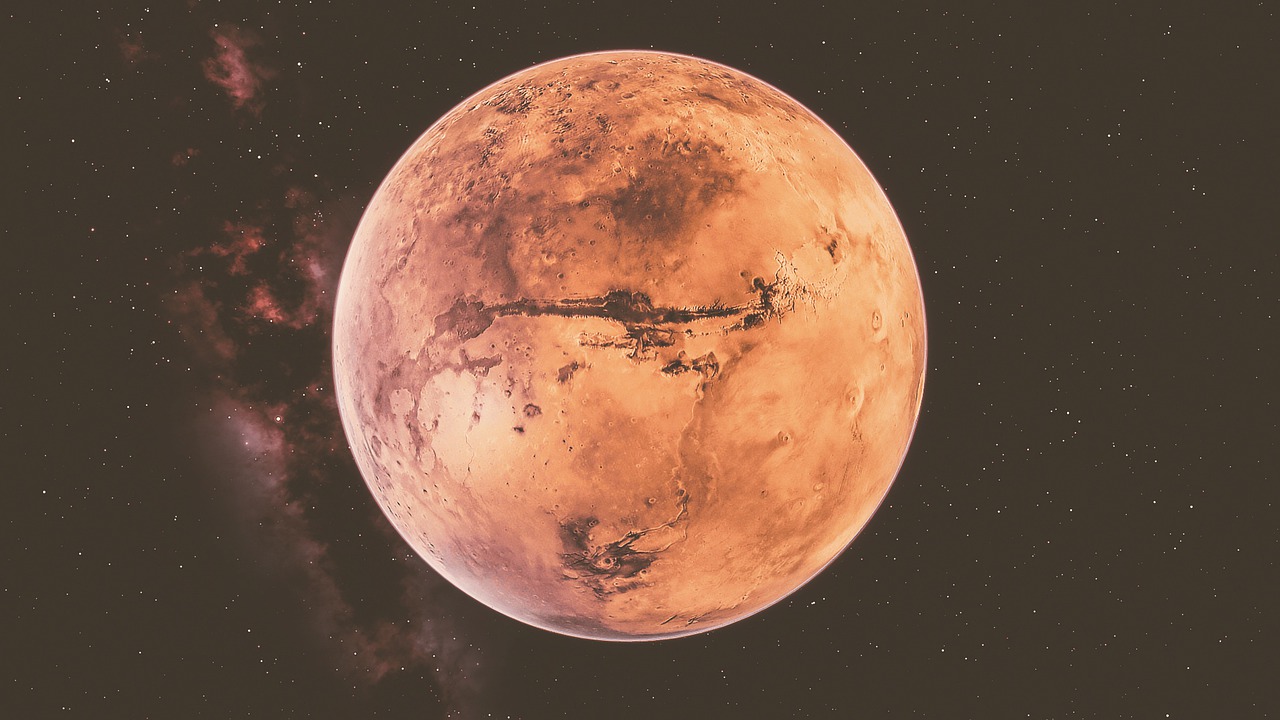After its initial launch on July 30, 2020, NASA’s Mars 2020 Rover finally landed this past week on February 18, 2021. Mars 2020 is a rover expedition hosted by NASA’s Mars Exploration Program that includes the rover Perseverance and robotic helicopter Ingenuity. Perseverance has four main science objectives: searching for habitability, looking for the preservation of biosignatures within geological rocks, caching rock and soil samples, and testing oxygen production from Mars’ carbon dioxide atmosphere to assess the probability of human survival. All of these goals align under one common intention: to evaluate the possibility that Mars sustained life in the distant past. With the previous discovery of liquid water on Mars through the landing of Curiosity in 2012, Perseverance intends to find evidence of ancient life on the Red Planet. The rover is set out to explore the Jezero crater, an area that is 28 miles wide. With evidence that there was once a river that flowed into Jezero, leaving behind a delta that is now been dried, scientists believe that the area was originally flooded with water and contained a variety of organisms. Furthermore, the CRISM instrument has revealed that the crater contains specific clays that only form with the existence of water. These clays in the Jezero crater are also present on Earth within the Mississippi River delta, demonstrating an opportunity for finding signs of life from the distant past. Perseverance’s mission is to cache rock and soil samples from the crater so that a future mission to Mars could retrieve the samples and bring them back to Earth and perform a more detailed study of the planet’s environment.
The rover’s design is primarily derived from the 2012 Mars rover, Curiosity, and it implements a total of nineteen cameras and two microphones to generate visual and audio recordings of the geographic region. In addition, Perseverance employs the technology of new wheels with enhanced durability and traction for navigation with increased efficiency.
Scientists plan for Perseverance to spend at least one Mars year (two Earth years) to explore the Jezero crater with hopes of gaining a greater understanding of the planet’s geology and discovering signs of ancient life.






